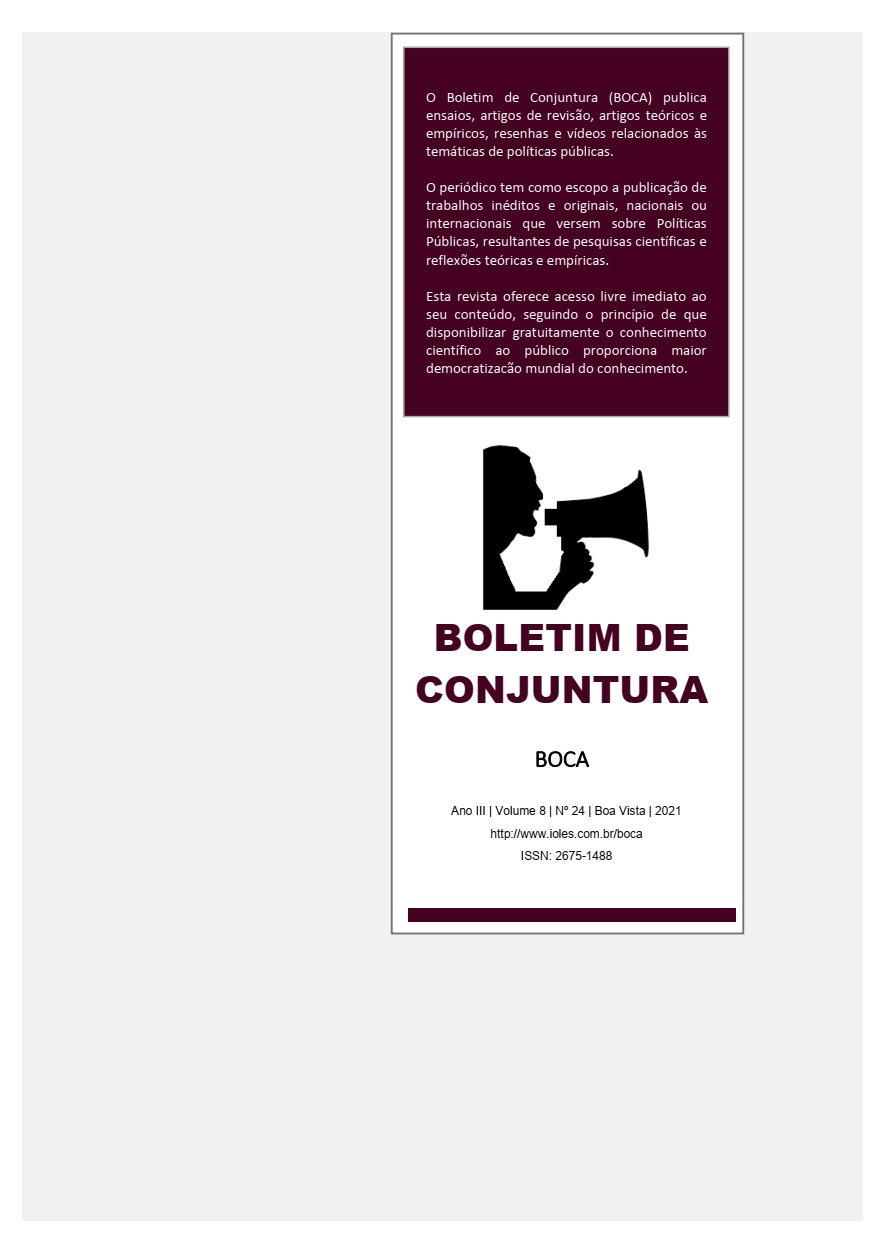EARING IMPAIRMENT AND DEAFNESS: FROM ABANDONMENT TO INCLUSION
Main Article Content
Abstract
Introduction: There is currently an emphasis on the analysis of Inclusive Education of the Deaf student, and especially there is a reinforcement of the need to know the historical and social aspects involved in this issue. Objective: To show the educational problem faced by people with hearing loss and deafness over time. Methodology: This is a bibliographical review that covers the critical analysis of the problem faced by people with hearing loss or deafness and the National Policies of special education. Results and Discussion: From antiquity to the present time, people with some kind of disability were treated as incapable and sometimes 'monstrous'. Beginning in the sixteenth century, it began the perception that the deaf have the process of pedagogical learning without supernatural interference. Over the centuries there has been a considerable change of attitude towards the issue of disability, viewing it as a human condition. To be called Deaf or Hearing Impaired surpasses the organic perspective, reaching a historical and cultural prism, being the first denominated as community and culture, with own language, valorization of its art and literature and with particular pedagogy. Assistive technology is the whole arsenal of conceptual and / or physical resources expressed in its multiple forms that can provide a qualitative and / or quantitative increase in the functional activity of the disabled person and has limited use for the hearing impaired due to the little popularization of its use, both related to the high monetary value or even to the lack of knowledge of the professionals working in the process of learning the hearing impaired. These barriers also exist in the dissemination of the use of LIBRAS in the school environment, even though there are laws that encourage and regulate the mandatory sign language, making its use deficient and manifesting itself as the greatest difficulty in communication and later in the formation of the academic knowledge of the Deaf, where the inclusion process is still very deficient, in 'special' schools and regular schools. Final Considerations: In a culture where 'normality' is valued and the different is treated as 'strange', full inclusion and in its totality, is carried out in short steps, even with the existence of regulatory Public Policies, in a slow process of awareness and knowledge development.
Article Details

This work is licensed under a Creative Commons Attribution 4.0 International License.
Copyright (c). Conjuncture Bulletin (BOCA)
This work is licensed under a Creative Commons Attribution 4.0 International License.
References
BRASIL. Deficiência Auditiva. Brasília: MEC/SEESP, 2006.
BRASIL. Decreto 3298, de 20 de dezembro de 1999. Disponível em: . Acesso em: 02/12/2021.
BRASIL. Lei n. 10.436, de 24 de abril de 2002. Disponível em: . Acesso em: 02/12/2021.
BRASIL. Políticas Nacionais de Educação Especial: Declaração de Salamanca. Brasília: MEC, 2006.
BUCCIO. M. I.; BUCCIO, P. A. Educação Especial: Uma história em construção. Curitiba: IBPEX, 2008.
CARVALHO, R. E. A nova LDB e a Educação Especial. Rio de Janeiro: WVA, 1997.
DAMÁZIO, M. F. M. “Educação Escolar Inclusiva das Pessoas com Surdez na Escola Comum: Questões Polêmicas e Avanços Contemporâneos”. Anais do II Seminário Educação Inclusiva: Direito à Diversidade. Brasília: MEC/SEESP, 2005.
FERNANDES, S. Educação de Surdos. Curitiba: IBPEX, 2010.
LIMA, M. S. C. Surdez, Bilingüismo e Inclusão: entre o dito, o pretendido e o feito (Tese de Doutorado em Educação. Campinas: UNICAMP, 2004
PERLIN, G.; MIRANDA, W. “Surdos: o Narrar e a Política”. In: Estudos Surdos– Ponto de Vista: Revista de Educação e Processos Inclusivos n. 5, UFSC/NUP/CED, Florianópolis, 2003.
QUADROS, R. Educação de surdos: a aquisição da linguagem. Porto Alegre: Artes Médicas, 1999.


